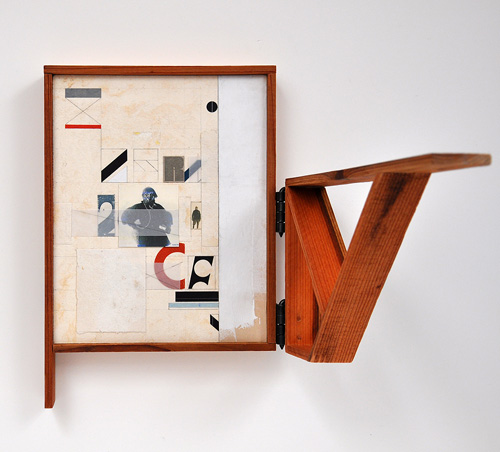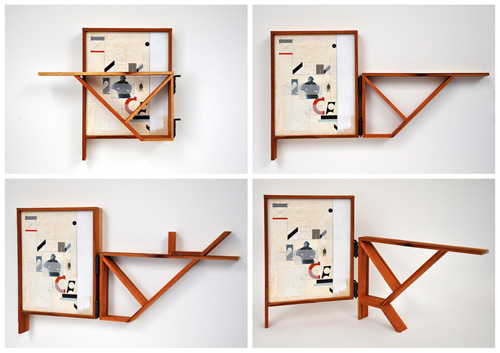 My series on Antarctic research stations continues with a salute to Ernest Shackleton's Cape Royds hut, home base to his team's 1907-09 British Antarctic Expedition, also known as the Nimrod Expedition. The Royds hut facilitated cutting-edge polar science of its day in the areas of geology, zoology, geography and meteorology. The scientific team's director, Sir Tannatt William Edgeworth David, led from here the first parties ever to reach the South Magnetic Pole and the summit of Mt. Erebus, the world’s southernmost active volcano. Royds was also the launch pad for Shackleton's 1908 attempt for the South Geographic Pole. His team trekked to within 97 nautical miles (180.6 km / 112.2 mi) of their goal, the farthest south attained by any expedition at the time. It was also at Royds that Shackleton's men printed and bound Aurora Australis, the first book ever published in Antarctica. It consisted of of essays, poems and drawings printed on a hand press in an edition of about 25 completed copies whose wooden covers were fashioned from provisions cases. Such crates, in abundance, were repurposed by them for hut shelving and furniture as well. My use of wood, letterpress makeready, typographic letterforms, and book / bookshelf structure in Long View Study No. 21 allude to the Shackleton team's production of Aurora Australis and their resourcefulness. The collage's central figure is Sir Ernest himself who edited the book, wrote its two prefaces, and contributed an ode to Mount Erebus under the pseudonym NEMO.
My series on Antarctic research stations continues with a salute to Ernest Shackleton's Cape Royds hut, home base to his team's 1907-09 British Antarctic Expedition, also known as the Nimrod Expedition. The Royds hut facilitated cutting-edge polar science of its day in the areas of geology, zoology, geography and meteorology. The scientific team's director, Sir Tannatt William Edgeworth David, led from here the first parties ever to reach the South Magnetic Pole and the summit of Mt. Erebus, the world’s southernmost active volcano. Royds was also the launch pad for Shackleton's 1908 attempt for the South Geographic Pole. His team trekked to within 97 nautical miles (180.6 km / 112.2 mi) of their goal, the farthest south attained by any expedition at the time. It was also at Royds that Shackleton's men printed and bound Aurora Australis, the first book ever published in Antarctica. It consisted of of essays, poems and drawings printed on a hand press in an edition of about 25 completed copies whose wooden covers were fashioned from provisions cases. Such crates, in abundance, were repurposed by them for hut shelving and furniture as well. My use of wood, letterpress makeready, typographic letterforms, and book / bookshelf structure in Long View Study No. 21 allude to the Shackleton team's production of Aurora Australis and their resourcefulness. The collage's central figure is Sir Ernest himself who edited the book, wrote its two prefaces, and contributed an ode to Mount Erebus under the pseudonym NEMO.  My piece functions either as a wall hanging or a free-standing artwork. A detached wooden element serves as a shelf embellishment in wall mode or as a bottom support in free-standing mode. In either case the right-hand 'shelf unit' is modifiable with extra shelves of varying lengths. The hinged 'spine' indicates the manner in which the complete string of Long View panels will connect to one another to form an accordion-fold structure.
My piece functions either as a wall hanging or a free-standing artwork. A detached wooden element serves as a shelf embellishment in wall mode or as a bottom support in free-standing mode. In either case the right-hand 'shelf unit' is modifiable with extra shelves of varying lengths. The hinged 'spine' indicates the manner in which the complete string of Long View panels will connect to one another to form an accordion-fold structure.